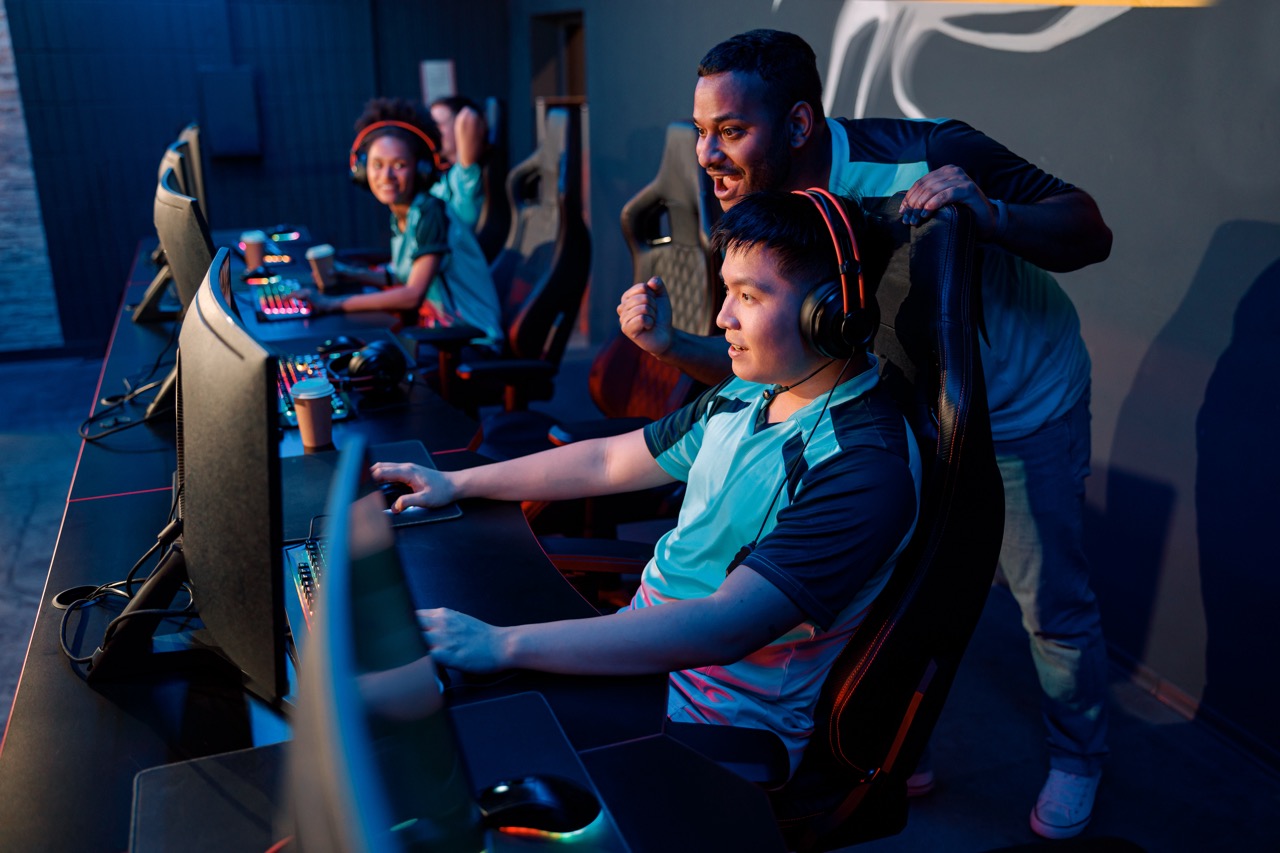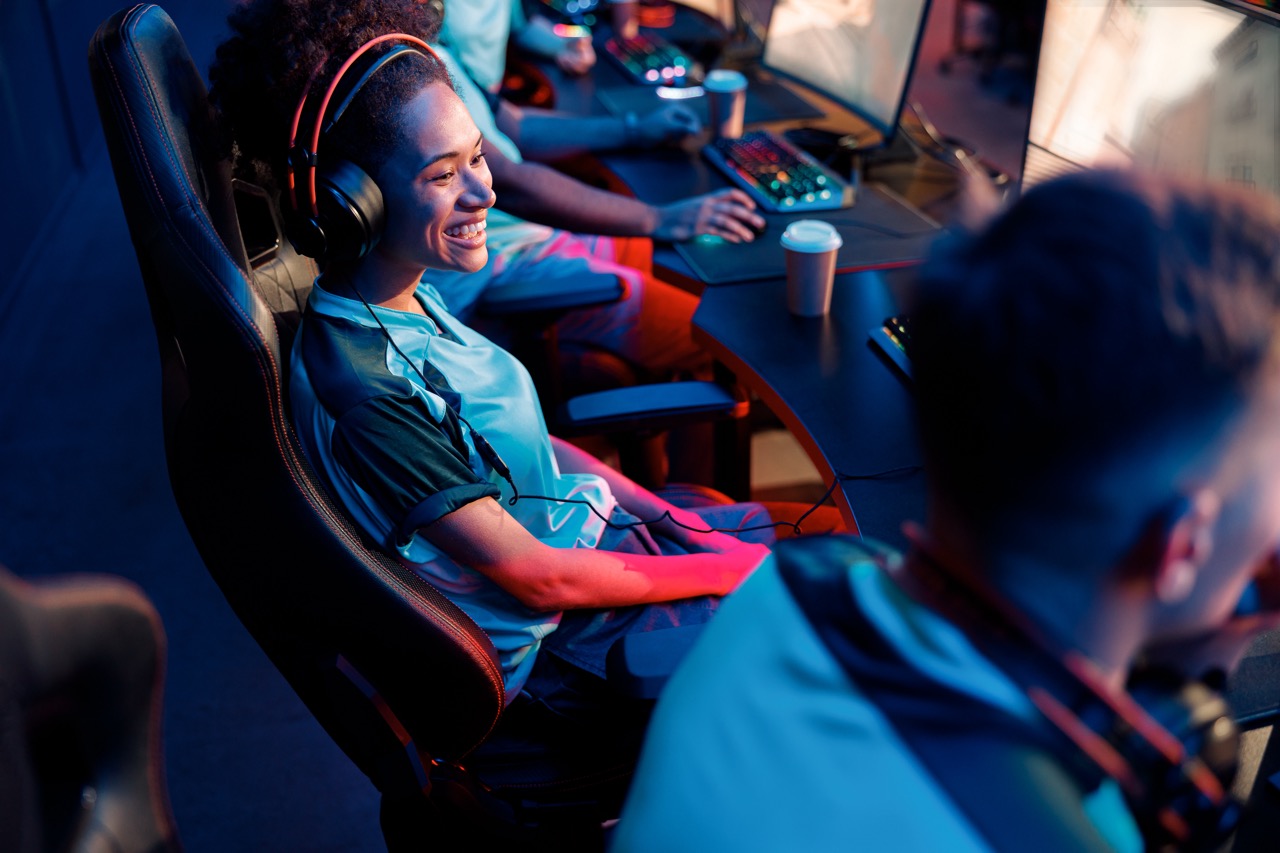In the world of gaming, difficulty is more than just a setting you toggle at the beginning of a game; it’s a delicate dance that developers must master to ensure an engaging player experience. Striking the right balance can mean the difference between an immersive journey that keeps players coming back for more and a frustrating slog that drives them away. This article delves deep into the art of balancing game difficulty, exploring its significance, the psychology behind player engagement, and the techniques used to perfect this critical aspect of game design.
Understanding Game Difficulty: Why It Matters to Players
Game difficulty serves as a key component in shaping the player’s overall experience. It influences not only how players engage with a game but also their sense of accomplishment and satisfaction. If a game is too easy, players might feel bored or unchallenged, potentially losing interest quickly. Conversely, if a game is too hard, players can become frustrated and eventually give up, missing out on the story and experience the developers worked hard to create.
At its core, difficulty affects player agency. When players feel that they can influence their success through skill and strategy, they are more likely to stay invested in the game. Achieving the right level of challenge allows players to engage in meaningful decision-making, pushing them to learn and improve over time. It transforms gameplay from a passive experience into an active journey of growth, making players feel empowered and accomplished.
Moreover, difficulty is often intertwined with the game’s narrative and emotional impact. A well-balanced challenge can set the tone for key moments in the story, amplifying the stakes and emotional weight of the player’s actions. When players face obstacles that feel just right, they often form stronger connections to the game and its characters, enhancing their overall experience.
Finally, understanding game difficulty is critical for developers since it can dictate the game’s success in a competitive market. Games that respect players’ time, skill, and effort often earn a dedicated fan base, while those that mismanage difficulty can suffer from poor reviews and decreased sales. Developers must prioritize this aspect to foster a loyal community and maintain positive word-of-mouth.
The Psychology Behind Game Difficulty and Engagement
The relationship between game difficulty and player engagement is rooted in psychological principles. One of the most significant concepts is the "flow state," a term coined by psychologist Mihaly Csikszentmihalyi. Flow describes a mental state where individuals are fully immersed in an activity, experiencing a perfect balance between challenge and skill. Achieving this state can enhance enjoyment and motivation, making players more likely to continue playing.
Players often have varying skill levels and preferences, which makes establishing a universal difficulty standard challenging. Some players thrive on intense challenges, embracing the thrill of overcoming tough obstacles, while others may prefer a more leisurely pace. Understanding these differences allows developers to create games that cater to a broader audience while still providing unique challenges that appeal to hardcore gamers.
Additionally, the concept of achievement drives player engagement. Players love to feel like they’ve accomplished something significant, and overcoming a challenging level or boss can provide a satisfying sense of mastery. This desire for achievement can lead players to embrace difficult games, as the rewards often feel more meaningful when the challenges are tougher. However, developers must ensure that these achievements are reachable, preventing players from feeling overwhelmed or defeated.
Lastly, the social aspect of gaming plays a role in how players perceive difficulty. Online communities thrive on sharing experiences, strategies, and achievements related to challenging games. When players can discuss their triumphs and challenges with others, it fosters a sense of belonging, making the balance of difficulty even more crucial. Games that encourage social interaction can keep players engaged, as they feel motivated to conquer challenges alongside friends or fellow gamers.
Key Factors That Influence Game Difficulty Levels
Several factors contribute to the complexity of balancing game difficulty. First and foremost is the target audience. Understanding the demographics and preferences of players allows developers to tailor the difficulty experience accordingly. Casual gamers may appreciate a gentler learning curve, while seasoned veterans might seek a more intense challenge, requiring developers to find a middle ground that satisfies both groups.
Game mechanics also significantly impact difficulty levels. For example, a platformer might adjust difficulty through level design, enemy placement, or player abilities. In contrast, strategy games could incorporate difficulty via resource management and decision-making challenges. Developers must consider how mechanics interact with difficulty to create a cohesive experience that feels intuitive and rewarding.
Another essential factor is player feedback. Game designers often rely on playtesting to gather insights on difficulty levels, allowing them to gauge player reactions and tweak elements accordingly. Observing how players respond to challenges informs developers about what aspects may need adjustment, from enemy AI behavior to the time allowed for completing tasks. Feedback loops are crucial in ensuring that players’ experiences align with the intended difficulty.
Lastly, environmental factors, such as pacing and narrative progression, can influence difficulty. A game that features a slow build-up may require a gradual increase in challenge to keep players engaged, while a fast-paced action game might need to ramp up difficulty quickly to maintain adrenaline levels. Balancing these elements ensures that players remain invested in the story while facing challenges that feel appropriate for their progression.
Balancing Challenge: Finding the Sweet Spot for Players
Finding the sweet spot in game difficulty is akin to walking a tightrope; it’s all about balance. Developers strive to create an experience where players feel challenged, yet not overwhelmed. This often requires careful consideration of the pacing and flow of the game. Gradual increases in difficulty can help players adjust and build their skills while still keeping the experience engaging.
One effective approach is to incorporate adjustable difficulty settings. This allows players to tailor their experience according to their skill level and preferences. By giving players the freedom to choose, developers can cater to a wider audience while maintaining the integrity of the game’s core experience. This flexibility can lead to higher satisfaction rates among players, as they feel their needs and expectations are respected.
However, adjustable difficulty isn’t the only solution. Developers can also implement dynamic difficulty adjustments, where the game automatically modifies challenges based on player performance. This method keeps players on their toes, ensuring that the game remains engaging without the need for manual changes. It creates a sense of fluidity, allowing players to focus on enjoying the game rather than worrying about settings.
Ultimately, balancing challenge is about empathy for the player’s experience. Developers must consider not only the mechanics of the game but also the emotional and psychological aspects that influence how players perceive difficulty. By striving for a balance that respects players’ time, skills, and emotional investment, developers can create memorable experiences that resonate well beyond the final credits.
Tools and Techniques for Fine-Tuning Game Difficulty
To fine-tune game difficulty effectively, developers can turn to various tools and techniques. One common method is using analytics to track player behavior and performance in real-time. By collecting data on how players navigate challenges, developers can identify patterns and areas where difficulty may need adjustment. For instance, if a large percentage of players struggle with a particular level, it may indicate that the challenge is too steep.
Another valuable tool is player feedback, obtained through surveys, forums, or playtesting sessions. Engaging with players and understanding their experiences allows developers to identify pain points and areas for improvement. This direct line of communication helps create a more player-centric game and fosters a sense of community around the title.
Game engines often come equipped with built-in testing capabilities that let developers simulate various difficulty levels. By adjusting parameters like enemy health, damage output, and player abilities, developers can see how changes impact gameplay. This iterative process allows for quick adjustments and testing, ensuring that the game maintains a balanced experience.
Lastly, collaborating with a diverse team of testers can provide a broader perspective on difficulty. Each team member may bring different skills and gaming backgrounds, allowing for a more comprehensive evaluation of challenges. By working together, developers can identify elements that resonate with various play styles, ultimately leading to a more well-rounded gaming experience.
Testing and Iterating: Perfecting the Player Experience
The testing phase is crucial in the quest to balance game difficulty. Playtesting is one of the most effective methods to understand how players interact with challenges. Observing real players in action offers invaluable insights into their thought processes, frustrations, and triumphs. Developers often conduct multiple rounds of playtesting with different groups to gather varied feedback and perspectives.
Iterating based on player feedback is a fundamental part of the development process. After understanding where players struggle or excel, developers can make informed adjustments to difficulty, ensuring that it aligns with the intended experience. This iterative loop allows for ongoing refinement, as each adjustment can lead to new insights and further improvements.
Moreover, developers should prioritize empathy in this process, stepping into the players’ shoes to understand their experiences. This perspective allows for a more nuanced approach to difficulty balancing, ensuring that changes are made with the player experience in mind. By nurturing a culture of understanding, developers can create games that not only challenge players but also resonate with them on an emotional level.
Finally, it’s essential to recognize that balancing game difficulty is not a one-time fix; it’s an ongoing journey. Even post-launch, developers can continue to refine their games based on community feedback and updates. This commitment to improvement can lead to a more enjoyable player experience and foster a long-lasting relationship between developers and their audience.
In conclusion, the art of balancing game difficulty is a multifaceted challenge that requires a deep understanding of player psychology, mechanics, and feedback. From determining the right level of challenge to employing tools and techniques for fine-tuning, developers must tread carefully to ensure an engaging player experience. By prioritizing empathy, testing, and iteration, they can create games that resonate with players and stand the test of time. After all, at the heart of every great game lies a well-balanced challenge that keeps players coming back for more.










